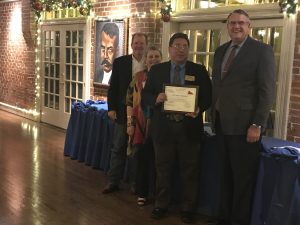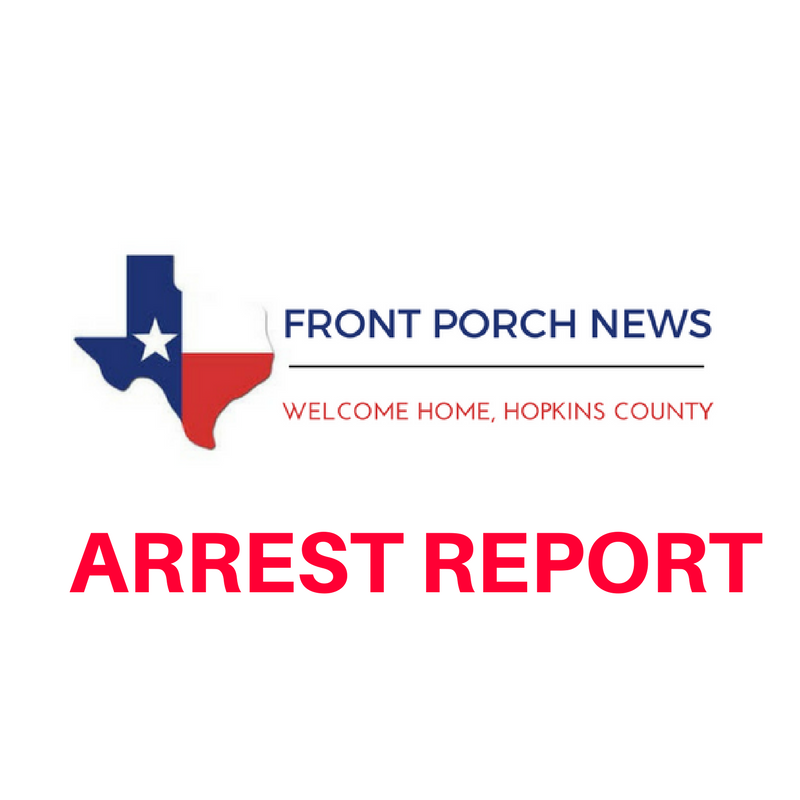Partnerships and Team Work: A common trend in youth and adult education by Mario Villarino

[adning id=”33097″]

During the third week of November, I got the opportunity to participate on the fourth and last session of the Texas A&M AgriLife Extension Leadership Workshop sponsored by the San Antonio Livestock Association. The 2016-2017 San Antonio Leadership Exposition (SALE-LE XII) training was conceptually designed to provide evidence of real experiences when leadership was executed. Recognizable or not, humans organize ourselves in teams with a leader as guide. This structure has allowed independent decision making by the team leader during adverse conditions to ensure success. Because the training was conducted at different locations, logistical requirements required the participants to travel to different locations to witness how leadership at different levels accomplishes the goals.
The first session included information related to individual development, how different personality traits can affect or enhance team interactions and how social standards must be followed to provide security to those around us. Because human communication occurs beyond words, it is critical to learn how to deliver the right message at the right time. Afterwards we were exposed to information related to Texas A&M AgriLife Extension and how it operates so we could get an understanding in how to provide support and guidance to our co-workers and team members. Texas A&M AgriLife Extension is composed by several agencies and understanding the different elements and how those element function is important to have an understanding of the strengths of the Texas A&M University System. During this session, I learned how a complex education system works, how the funding process is conducted and how important is to conduct and communicate professionally to achieve maximum results.
The second session included an out of state trip to Louisiana with special emphasis in recovery. A selected group of speakers described the scenario after hurricane Katrina and how the community responded to the challenges. Our group learned how to overcome adversity, adapt to inhospitable conditions and how modern companies created markets and turn a never tested production model into a cultural and financial success.
The third session was directed to teach the participants how the state government executes day-to day activities during congress session, the role of different agencies and the challenges they encounter as funding gets allocated. We had the opportunity to talk to different agencies and their representatives and describe their experiences at the State Capitol.
The impact of the experiences gained during this training will depend on each participant and their current roles as a team member. I learned how important is to harness information required to provide a good understanding in how to lead our teams as we execute our daily activities. Sometimes, and because the complexity of our day-to-day activities, the different components of our work can be difficult to understand. It was enlightening to me to learn the importance of reporting and interpreting our activities, and how our local approach and functions impact our communities and state. By using a series of examples, our instructors described scenarios where individuals needed to collect information and take critical decisions required to accomplish their objectives. I learned that leadership is a dynamic process more than a designation. I also learned that it is just as important to be a team member as is to become a leader. Several real life cases presented during the sessions showcased opportunities when team members decided to undertake roles as leaders because the situation required such leadership. The experiences shared to our group allowed me to recognize what leadership is all about, and as a consequence, determine that leadership more than a skill is an opportunity to provide guidance to the group that we belong. Also, leadership must be conducted as a service to the team, to empower team members and promote internal team harmony. Without motivated team members, the impact of the leadership diminishes.
I would like to thank my co-workers and team members Mrs. Barbara Sanders and Mrs. Johanna Hicks for their extra time during my absences as I was participating in this training. It is my personal goal to share the principles and experiences that I gained during this training to enhance our team performance.
You might question how does these all apply to you or our community? And my answer is simple: recently, allocation of funding to state and federal programs has shifted (or will shift shortly). In the particular case for Texas, the oil and gas industry has suffered tremendous changes with significant tax collection reductions. These changes will cause a re-evaluation and re-organization of agencies, universities and programs related to compensate for those reductions with a growing need as our population increases. In a nutshell: we will have to learn how to do more with fewer resources and less employees. Our organizational structures will have to operate more efficiently to provide the same services they are offering and learn how to support each other as we conduct our responsibilities with our community. Our agencies will also have to seek or create more intense partnerships in-between agencies or other existing organizations to extend our capability and promote the creation of leaders out of our team members so they can positively influence others.
For more information on this or any other agricultural topic please contact me at 903-885-3443 or email me at m-villarino@tamu.edu.
Photo caption: Directors of the San Antonio Livestock Association join Dr. Mario Villarino-County Extension Agent- Ag NR Hopkins (Center) and Dr. Dough Steel, (Right) Texas A&M AgriLife Extension Director at the SALE-LE XII graduation dinner in San Antonio Texas, November 16, 2017.
[adning id=”33207″]
[adning id=”33207″]
[adning id=”33207″]














